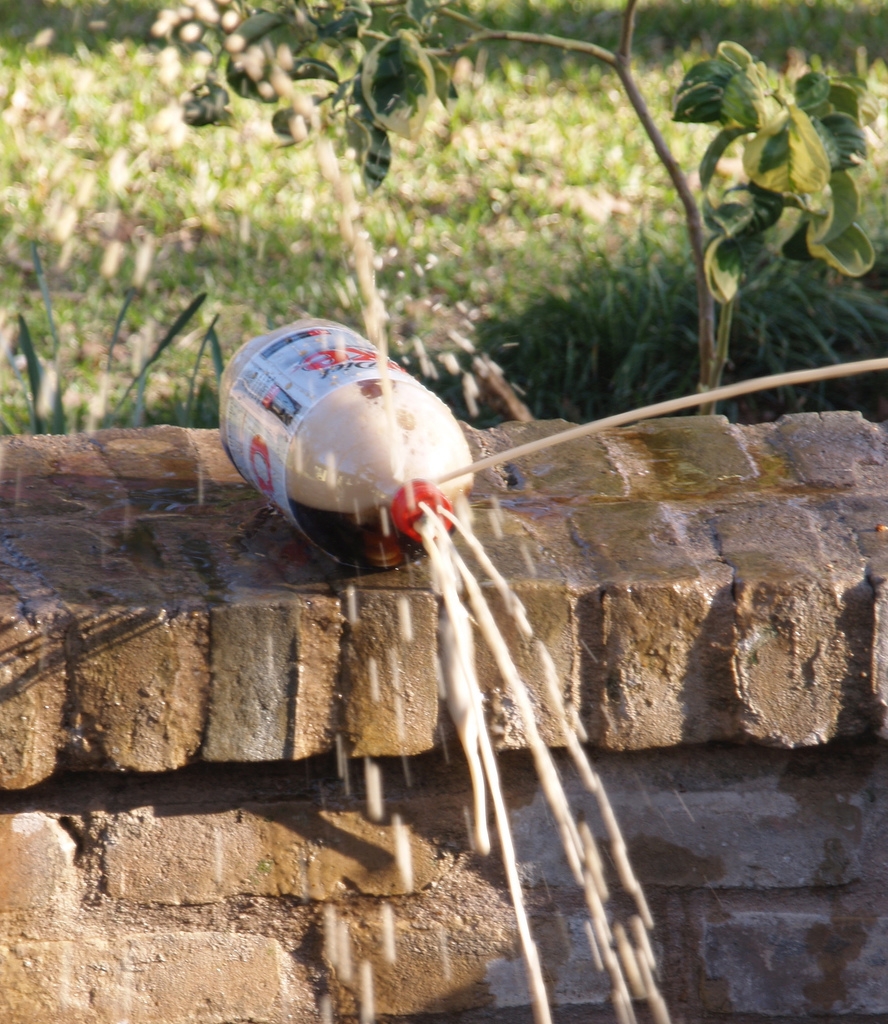


TORONTO – Although he is only a month into the school year, local science teacher Carlos Leslie has already run out of the fun, exciting, and even marginally interesting science experiments.
“Oh man, what am I going to do? I’ve already done all the awesome Bunsen burner stuff. I made that liquid that changes colour. God, I even did the Coke and Mentos thing,” said a visibly concerned Leslie. “On Monday I didn’t know what to do so I just made them weigh plants for over an hour. If I don’t find something soon I could lose them forever.”
Leslie has been forced to resort to unconventional means to keep his class interested in science. For his weather unit, Leslie had his class punch a bucket of water and a fan to teach them “how to fight a hurricane”. Additionally, several students were injured after a lesson in electricity devolved into seeing how high each student could throw a battery.
“Tomorrow I’ve got to teach them about the properties of matter,” said Leslie, running a hand through his thinning hair. “But I might just grab some roadkill off the street instead. That’s gotta be at least a bit interesting, right?”
Invented in the early 1900s to better disguise the flat routine that makes up most research, “cool experiments” are considered an essential part of convincing children that a career in science won’t be boring. Research suggests that students exposed to fewer glowing plasma orbs are far more likely to see science for the repetitive slog that it actually is.
At press time, Leslie had released several hundred flies to teach his students about something about something.


